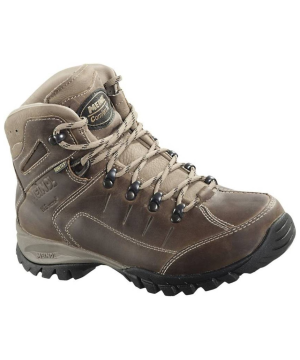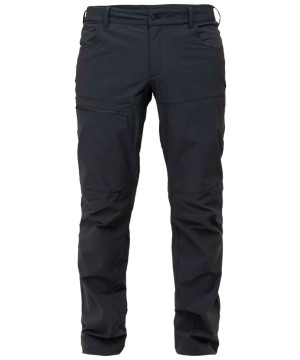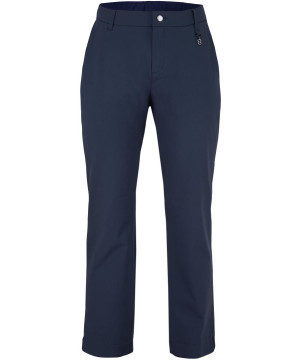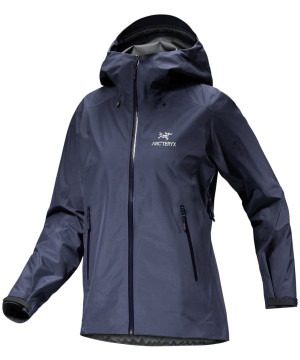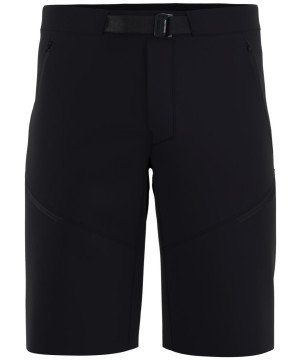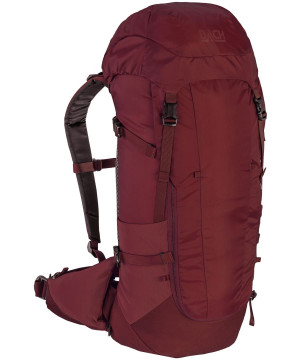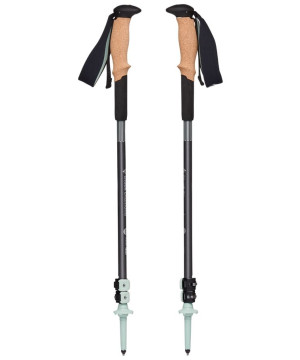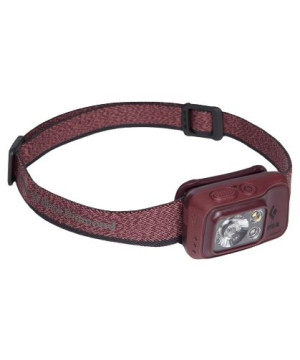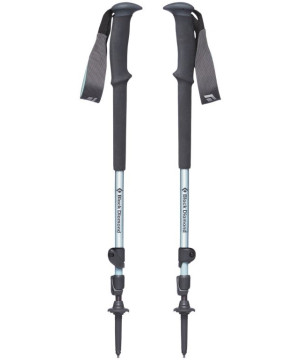Hiking & walking
What do you need if you go walking or hiking?
The most important piece of hiking equipment is your shoes. You will need them for every walk or hike. But the longer you go, the more important the rest of your equipment becomes. If you are on a short walk, it is not a problem to get home or to the car wet. However, if you are out for a longer period of time, it is not good if the first shower leaves you cold for the rest of the day because of your wet clothing. So for longer walks, your clothes and rucksack are just as important as a pair of good walking boots.
How to choose a shoe for your hike or walk
Trends and new possibilities give walkers more and more to choose from when it comes to shoes for hiking or walking. Not just high shoes or low shoes. But also trail running shoes, which are much lighter and more like sports shoes. What is good and useful pair of shoes for you? It depends of course on what you are planning to do and how trained your legs and feet are. Fanatical athletes often need less support because their muscles can cope with a lot. If you walk less often, more support is good. And if you walk your dog every day, it's nice if your shoes keep your feet dry, even if you walk through wet grass three times a day.
So it's no longer just high shoes, low shoes, stiff shoes or more flexible shoes. It depends on what you are going to do and how you want to do it. Still, it's the use that comes first, climbing Mont Blanc is quite different from walking the dog every day. The German shoe brands already proposed a system decades ago to make it clear. Although there are slowly cracks in this system due to developments in material and lifestyle, it still remains a great starting point. Because that is what the Germans are good at, creating a bit of order to prevent it from becoming chaos. In the more traditional view of hiking boots, you roughly divide them into four classes: A, B, C and D.
How to choose a backpack for walking
Let's start by saying that the comfort of a hiking backpack starts with the fit. The shape and size of a backpack should fit your body well. This is why it is very important to try on rucksacks in a shop. A fantastically beautiful backpack with all the bells and whistles that does not fit your body is a huge annoyance with every step you take!
Comfort in general has everything to do with the weight you want to carry. But also: will you carry that weight all day long, like on a multi-day hike (Hiking Backpack), or only to walk from your hotel to the next bus or train (Travelpack)? If you take more than, roughly, 5-7.5 kilos, then the quality of the shoulder and hip straps becomes interesting. The lightest backpacks have a hip belt made of plastic and the shoulder straps are hardly more sophisticated. If you put on more weight, simple shoulder straps soon start to push into your skin and the same will happen to the hip straps if you shift the weight to your hips. Anatomy also plays a role. Straightforward shoulder straps are really less comfortable than the body-shaped shoulder straps of the better rucksacks. As soon as you are carrying more than 10 kilos, it is nice to have some padding on the hip belt. The more weight you carry and the longer you walk with it, the higher the quality of the waist and shoulder straps should be. Read: more padding. Of course all straps should be adjustable to your body, but this is never a problem with modern backpacks. The weight you carry is actually automatically limited by the volume of the backpack. As few people walk around with bars of gold in their rucksacks, the weight you carry in rucksacks of up to 20 litres hardly ever exceeds 6 kilos. Larger backpacks are heavier, which is why many packs of 25 litres or more have padded waist straps as standard. Below 25 litres it is a choice for comfort: more carrying comfort with a padded belt, but it also feels 'warmer' and makes the backpack itself heavier.

 Europe - English (EUR)
Europe - English (EUR)  The Netherlands - Nederlands (EUR)
The Netherlands - Nederlands (EUR)  Belgie - Vlaams (EUR)
Belgie - Vlaams (EUR)  Denmark - Dansk (DKK)
Denmark - Dansk (DKK)  Germany - Deutsch (EUR)
Germany - Deutsch (EUR)  England - English (GBP)
England - English (GBP)  France - Français (EUR)
France - Français (EUR)  Italy - Italiano (EUR)
Italy - Italiano (EUR)  Spanje - Español (EUR)
Spanje - Español (EUR)  Poland - Polski (PLN)
Poland - Polski (PLN)  Austria - Deutsch (EUR)
Austria - Deutsch (EUR)  Zweden - Svenska (SEK)
Zweden - Svenska (SEK)  Swiss - Deutsch (CHF)
Swiss - Deutsch (CHF)  Canada - English (CAD)
Canada - English (CAD)  United States - English (USD)
United States - English (USD)  Middle East North Africa - Arabic (USD)
Middle East North Africa - Arabic (USD)  International - English (USD)
International - English (USD) 














